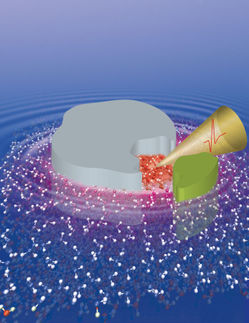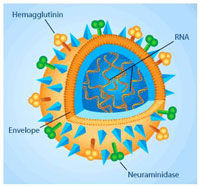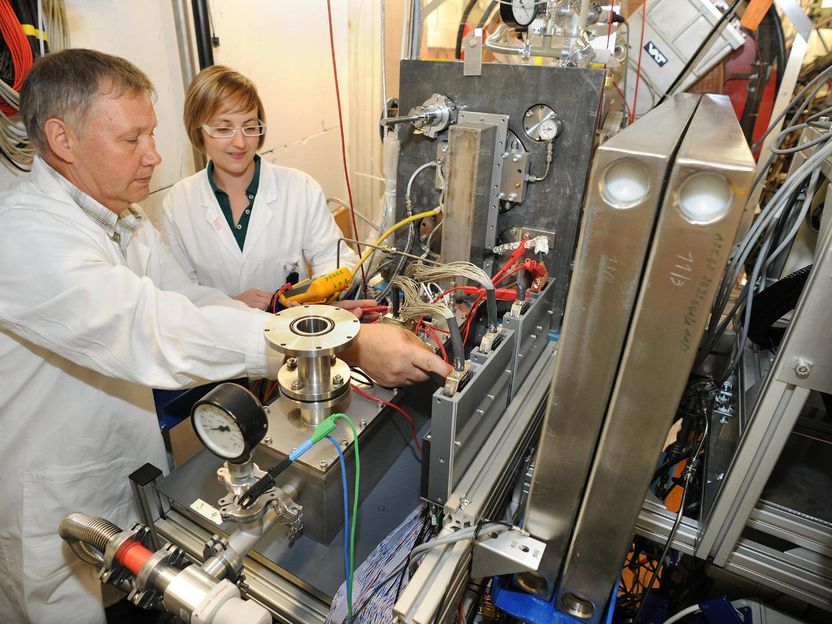New Protein Survey by Scripps Research Scientists Upends Understanding of Cell Death Process
Results Reveal Numerous Potential New Drug Targets for Related Diseases
Results from a Scripps Research Institute study have nearly tripled the number of proteins known to be involved in the critical process of programmed cell death, and have shot down a long-held idea about the life cycle of proteins. The work opens doors for potential new drug discoveries, and may open countless more as the new technique that enabled the work, dubbed the PROTOMAP, is applied to studies of other cellular functions.
The focus of the research was proteolysis. This is the simple act of enzymes breaking down larger proteins into smaller components, though the impact of this process is far from simple. More than 500 human enzymes are predicted to be involved in proteolysis, a critical driver in processes including blood coagulation; the onset of cancer and infectious diseases; and apoptosis, or programmed cell death, which is tied to conditions such as Huntington’s disease and stroke.
Despite the importance of proteolysis, understanding of the process has remained surprisingly incomplete. This is due in part to limitations of past methods, which could not provide complete information about either the proteins involved, or the products resulting from their breakdown. Benjamin Cravatt, chair of the Chemical Physiology Department at Scripps Research, and his team wanted to begin filling in the many gaps in the understanding of proteolysis, including the full range of proteins broken down during specific cellular processes and what happens to the resulting protein fragments. The method the scientists developed, which they named PROtein Topography and Migration Analysis Platform (PROTOMAP), combines cutting-edge technologies in a new and powerful way.
The researchers chose apoptosis as the focus of their initial efforts, because substantial information is available about programmed cell death and the proteins involved, to which the researchers could compare their results. Cravatt and his colleagues processed samples of cells undergoing apoptosis, as well as control samples of intact cells, using electrophoresis. A key aspect of PROTOMAP is a new bioinformatics tool the group devised that analyzes mass spectroscopy data and presents it in a way that is readily interpretable and searchable. PROTOMAP enabled the scientists to access broad views of the entire landscape of proteins in the cells studied and to discern patterns that were completely unexpected.
Using PROTOMAP, the Cravatt group characterized 91 proteins known to play roles in apoptosis, but they also found a whopping 170 additional proteins not previously known to be cleaved during apoptosis, nearly tripling the number of known players. Even more surprising was what the team learned about how those proteins may function.
The prevailing thought has been that protein breakdown during proteolysis is in most cases a stepwise process of disassembling proteins for disposal, with only a few of the breakdown products remaining to serve specific functions. The team’s findings point to a different perspective. The results suggest that the vast bulk of protein breakdown products actually serve new functions, with only a few being fully degraded.
The bold conclusions — that past assumptions of the purpose of proteolysis in apoptosis may need to be revised and that breakdown products continue to lead productive lives — are supported by two lines of argument. First, many of the breakdown products revealed sequences that match known, functional protein domains. Second, these products clearly persisted for extended periods of time in the cells undergoing apoptosis; if proteolysis were merely a disposal mechanism, further breakdown to amino acids would be expected.
Original publication: “Global Mapping of the Topography and Magnitude of Proteolytic Events in Apoptosis”; Cell 2008.
These products might interest you
See the theme worlds for related content
Topic World Spectroscopy
Investigation with spectroscopy gives us unique insights into the composition and structure of materials. From UV-Vis spectroscopy to infrared and Raman spectroscopy to fluorescence and atomic absorption spectroscopy, spectroscopy offers us a wide range of analytical techniques to precisely characterize substances. Immerse yourself in the fascinating world of spectroscopy!

Topic World Spectroscopy
Investigation with spectroscopy gives us unique insights into the composition and structure of materials. From UV-Vis spectroscopy to infrared and Raman spectroscopy to fluorescence and atomic absorption spectroscopy, spectroscopy offers us a wide range of analytical techniques to precisely characterize substances. Immerse yourself in the fascinating world of spectroscopy!






























































